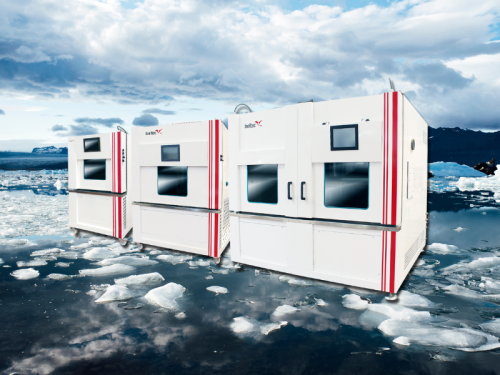How to know the Ingress Protection code according to the international standard IEC 60529

The international standard IEC 60529 evaluates and establishes the degrees of protection of containers against the intrusion (ingress) of foreign materials.
hese levels are classified according to the protection index which is used to determine the resistance (protection) level offered by a material against the penetration of solid objects, like dust, and liquids like water.
The IP (Ingress Protection) rating is often stated in the technical data of electric or electronic equipment: sensors, meters, controllers, televisions, luminaires, music players or mobile phones.
To know the IP level a test must be carried out even though it is voluntary, distributors and buyers often request the determination of the IP level to check that the product is accepted to use in certain conditions and environments. The IP level verifies the product quality and provides a competitive advantage over the competitors.
The IP levels are used to know the protection level of the equipment, the protection against the dust have six levels and the protection against the water nine levels. The first figure indicates the protection against solid bodies, and the second figure indicates the protection against liquids. For example, the IP67 indication corresponds to a product sealed against dust and protected against the effects of temporary immersion. Where the criteria have not been tested the figure is replaced by the letter X. In general, the higher the IP degree of protection, the more protected the equipment is.
Protection levels against dust, first figure:
- IP 0x: Not protected
- IP 1x: Protected against solid objects greater than 50 mm.
- IP 2x: Protected against solid objects greater than 12,5 mm.
- IP 3x: Protected against solid objects greater than 2,5 mm.
- IP 4x: Protected against solid objects greater than 1,0 mm.
- IP 5x: Protected against dust intrusion (Limited ingress,non-harmful quantity)
- IP 6x: Dust-tight
Protection levels against liquid ingress, second figure:
- IP x0: Not protected
- IP x1: Protected against vertically dripping water.
- IP x2: Protected against dripping water when tilted up to 15º.
- IP x3: Protected against spraying water.
- IP x4: Protected against splashing water.
- IP x5: Protected against jetting water.
- IP x6: Protected against powerfully jetting water.
- IP x7: Protected against temporary immersion in water.
- IP x8: Protected against continuous immersion in water (1000 mm).
- IP x9K: Protected against strong water jets (high pressure and high temperature).
Our tightness chambers are used to determine the IP level of different materials.
References:
FERNÁNDEZ, Y. Ú. B. A. L. (2021, May 24). IP55, IP67, IP68, y otras: Qué Significan y tipos de protección de un teléfono O dispositivo. Xataka. Retrieved February 10, 2022, from https://www.xataka.com/basics/ip55-ip67-ip68-otras-que-significan-tipos-proteccion-telefono-dispositivo
ÍNDICE de Protección Ip y cem. Índice de protección IP y CEM - Petzl Other. (n.d.). Retrieved February 10, 2022, from https://www.petzl.com/INT/es/Profesional/%C3%8Dndice-de-proteccion-IP-y-CEM?ProductName=RUBBER
